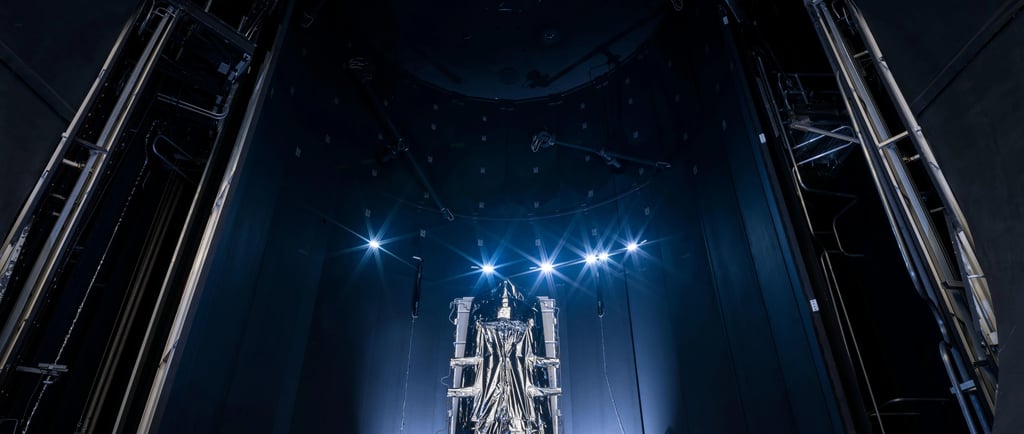NASA's NEO Surveyor: A New Era in Planetary Defense


Introduction to NEO Surveyor
The NEO Surveyor mission, spearheaded by NASA, represents a significant advancement in planetary defense technology. Designed primarily to detect Near-Earth Objects (NEOs), this innovative spacecraft seeks to identify asteroids and comets that may pose a risk to our planet. By utilizing cutting-edge infrared technology, NEO Surveyor aims to unveil the mysteries surrounding the hardest-to-find celestial bodies.
Understanding NEO Surveyor Instrumentation
At the core of the NEO Surveyor's capabilities is its advanced telescope, featuring an impressive aperture of nearly 20 inches. This sophisticated instrument is equipped with detectors that are specifically sensitive to two infrared wavelengths. These wavelengths are crucial as they allow the spacecraft to uncover NEOs that are otherwise obscured in visible light. Many asteroids and comets, while difficult to spot with standard optical equipment, glow brightly in infrared light due to heating from the sun, providing an effective means to locate them.
The Mission's Significance in Planetary Defense
As the first space-based detection mission dedicated to planetary defense, NEO Surveyor holds immense importance for safeguarding Earth. The comprehensive survey it conducts will potentially reveal insights into the sizes, shapes, and orbits of these NEOs. By characterizing these celestial bodies, scientists will enhance their ability to predict potential impacts with Earth, ensuring that sufficient measures can be taken if a hazardous object is detected. The ongoing monitoring of near-Earth objects is essential, as it represents a proactive approach to planetary defense.
In conclusion, NASA's NEO Surveyor mission is poised to significantly contribute to the understanding and cataloging of hazardous asteroids and comets. By utilizing state-of-the-art technology to search for these elusive celestial objects, we can enhance our preparedness and response strategies for potential threats posed by near-Earth objects. This mission marks a pivotal step forward in ensuring the safety of our planet from cosmic hazards.
